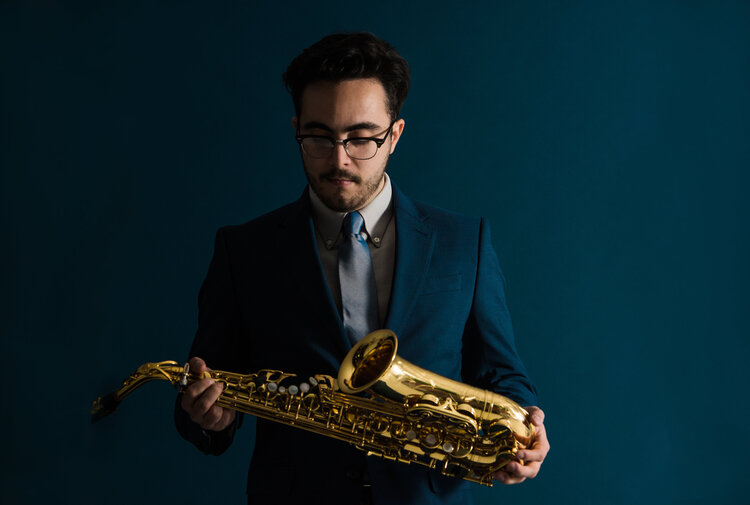Dr. Travis Cross’ doctoral dissertation includes a chapter on David’s Song Book for Flute and Wind Ensemble and a transcript of an interview with the composer. His research presents an analysis of the Song Book’s formal structure, harmonic scheme, and use of Bach chorales. Cross further discusses David’s approach to writing the work, the interaction between the soloist and ensemble, and David’s life and career.
A Conductor’s Examination of Three Concertos With Wind Ensemble
PDF, 2.5MB
Abstract:
The history of the concerto has been marked by continual evolution in purpose, form, and reception. As the wind ensemble has emerged in the twentieth century as a serious medium for artistic expression, an increasing number of composers have contributed works for soloist with wind ensemble. Their works confront and sometimes confound the historical expectations of the concerto while extending the tradition of evolution that sustains the relevance and artistic vibrancy of the genre. The concerto for soloist and wind ensemble in the early twenty-first century exhibits considerable diversity in form, scope, and style; however, three common features figure prominently in the contemporary concerto for soloist with wind ensemble: flexibility in formal structure, an artistic approach in which virtuosity exists to enhance the composer’s expressive intent, and collaborative and variable interaction between soloist and ensemble. This document investigates such developments in the contemporary concerto through selective analysis of three notable works by distinguished American composers: Song Book for Flute and Wind Ensemble by David Maslanka, Illuminations for Trombone and Wind Symphony by Joseph Turrin, and Raise the Roof for Timpani and Symphonic Band by Michael Daugherty. An introductory chapter briefly summarizes the development of the concerto over the past four centuries, with special attention to form, instrumentation, changing roles of soloist and ensemble, and critical reception. Individual analyses of the Maslanka, Turrin, and Daugherty works investigate formal structure, artistic approach to composition, and interaction between soloist and ensemble. Appendices include transcripts of interviews with David Maslanka and Joseph Turrin.




